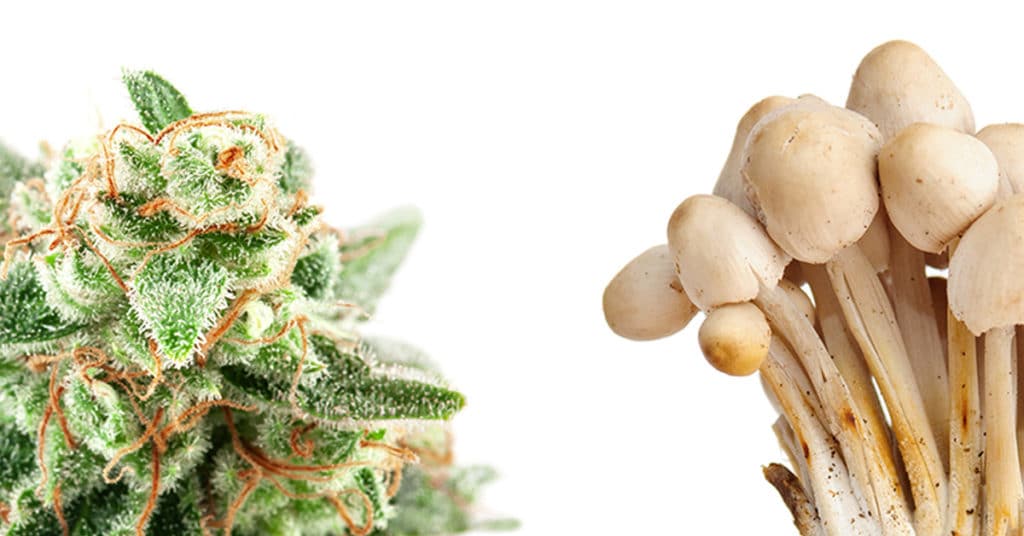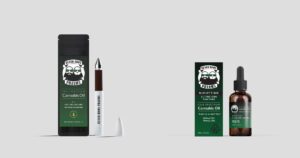
 Any time we smoke, snort, or swallow a drug or substance, our bodies immediately get to work breaking it down and trying to process it right back out. The various metabolites produced can linger in the body in our blood, hair, and urine for hours, days, weeks, or more depending on dozens of variables from person to person as well as on the substance that was consumed factored by frequency and quantity.
Any time we smoke, snort, or swallow a drug or substance, our bodies immediately get to work breaking it down and trying to process it right back out. The various metabolites produced can linger in the body in our blood, hair, and urine for hours, days, weeks, or more depending on dozens of variables from person to person as well as on the substance that was consumed factored by frequency and quantity.
Alcohol, for example, requires several steps from multiple enzymes to be completely metabolized. First, it is broken down into acetaldehyde, a toxic, cancer-causing substance, then acetate, and finally separated into water and carbon dioxide so you can piss, puke, or sweat it out.
Whether you are talking about booze or barbiturates, MDMA or methamphetamine, LSD, morphine, heroin, or coke, the effects (and the consequences) will vary, but they all have one thing in common – a relatively short half-life, or the time that their metabolites remain in your body.
What you don’t see on that list above is cannabis, or psilocybin for that matter. While heroin is flushed out of your bloodstream in an average of 12 hours, and cocaine rinses out after about 48, as cannabis consumers we are all well aware that even a small quantity, consumed infrequently, can remain detectable in our bodies for a month or more.
Similarly, albeit mostly anecdotally, those who dabble with shrooms can tell you that a proper dose of psilocybin can noticeably balance one’s mood for weeks or even months without the need for more.
Why is that? Why does the body “hang on” to these substances, while going so far as to produce cancer-causing byproducts to rid itself of others?
WELCOME, FRIEND, PLEASE STAY AWHILE
Unlike other drugs or regulated substances, cannabis contains cannabinoids that work with our body by way of the endocannabinoid system, or ECS, that each and every human being is born with.
The ECS is comprised of thousands of receptors located throughout the body, mainly across the central nervous system and the peripheral nerve system. These receptors have evolved specifically to bind with the endocannabinoids that our body naturally produces.
The body sends a signal to the ECS anytime homeostasis is interrupted and endocannabinoids are deployed to restore balance, affecting things like:
- appetite and digestion
- metabolism
- chronic pain
- inflammation and other immune system responses
- mood
- learning and memory
- motor control
- sleep
- cardiovascular system function
- muscle formation
- bone remodeling and growth
- liver function
- reproductive system function
- stress
- skin and nerve function
…and more.
Amazingly, cannabinoids like CBD, THC, and others found in the cannabis plant can also bind to these receptors and can influence all of the wellness variables listed above, and then some.
No other plant does this.
So, the body receives the active constituents of the cannabis plant. It absorbs them and utilizes them.
That’s a little different from how the body treats alcohol consumption, right? This is why we feel it is lazy and dishonest to compare cannabis to alcohol or advocate for “regulating cannabis like alcohol”. No thanks. Cannabis fights cancer, it doesn’t create it. More on this in a minute.
Once the ECS has milked those cannabinoids for all it needs from them, then the body begins the process of excreting those spent CBD and THC molecules. This is where the half-life we discussed above comes into play.

While most drugs are out of the blood or urine stream in a matter of hours or a couple of days at most, cannabinoids are stored in fat cells while certain enzymes begin the slow course of expelling them from the body.
Think of anything “foreign” that you put into your body, from a splinter to gas station sushi, and how hard your body goes to work to get it the fuck out.
That’s just not the case with cannabis.
It’s a welcome guest.
Though we don’t have nearly as much lab-grade research to back up the next part of our theory, you need only a cursory knowledge of wild mushrooms to know that you have to be VERY careful about which ones you unearth and eat.
“Every type of mushroom is edible… at least once” as they say.
Choosing wrong can lead to the most violent and extreme examples of your body trying to expel something foreign, with bleeding or shitting to death (or both) being a very real possibility with countless types of wild shrooms.
If you choose right, however, with one of several varieties of psychedelic psilocybin mushrooms, scheduled microdosing or heroic macrodosing can provide hours of mindbending “tripping”, but can also provide weeks or months of mental ‘balance’ following your consumption.
We do know that once our body converts consumed psilocybin into active psilocin, it binds to serotonin receptors, in a similar way as cannabinoids and the ECS, ‘tricking’ the brain into flooding those receptors with the so-called “happy hormones”.
Again, we have a lot to learn about shrooms and weed but it sure seems like our bodies are proving to be a safe and effective laboratory for that learning to take place.
CANNABIS: THE BLESSING AND THE CURSE
As cannabis moves more into the mainstream of American society, the plant continues to prove the prohibitionists wrong by bucking age-old stereotypes and only improving the neighborhoods, municipalities and states that embrace cannabis reform and regulated markets.
It doesn’t lead to more traffic accidents. It doesn’t lead to more kids smoking reefer. It doesn’t do any of the things we were warned about our entire lives.
All it does is help people… and bring in billions of dollars in new tax revenue that goes directly back into community improvements.
Still, there are a lot of people who see the inevitable nationwide “legalization” of cannabis as an opportunity to take one last grasp at busting potheads.
Busting drunks is pretty easy, especially with a breathalyzer or a blood or urine sample. If they test hot, they are currently under the influence of that substance.
With weed, though, we know that even infrequent use up to a month prior to a drug test could produce a failed result. Fortunately, we are already seeing many states carve out employment protections for adults who legally consume cannabis, but cops and bootlickers across the country are not giving up that easily.
The race is on right now to bring to market an acceptable technology that will give cops the ability to perform roadside breathalyzer-like drug tests on motorists to determine if they have cannabis in their system. Once something like this happens, some arbitrary number will be assigned – like Blood Alcohol Level, or like <0.3% THC for hemp – and people will start having their rights infringed upon yet again due to this benign plant and the fact that our bodies find a use for it beyond just “getting high”.
Yet another reason to squash any talk of regulating cannabis “like alcohol”.
It’s not like alcohol.
In fact, the existence of the endocannabinoid system is proof that it’s not like anything else.
















